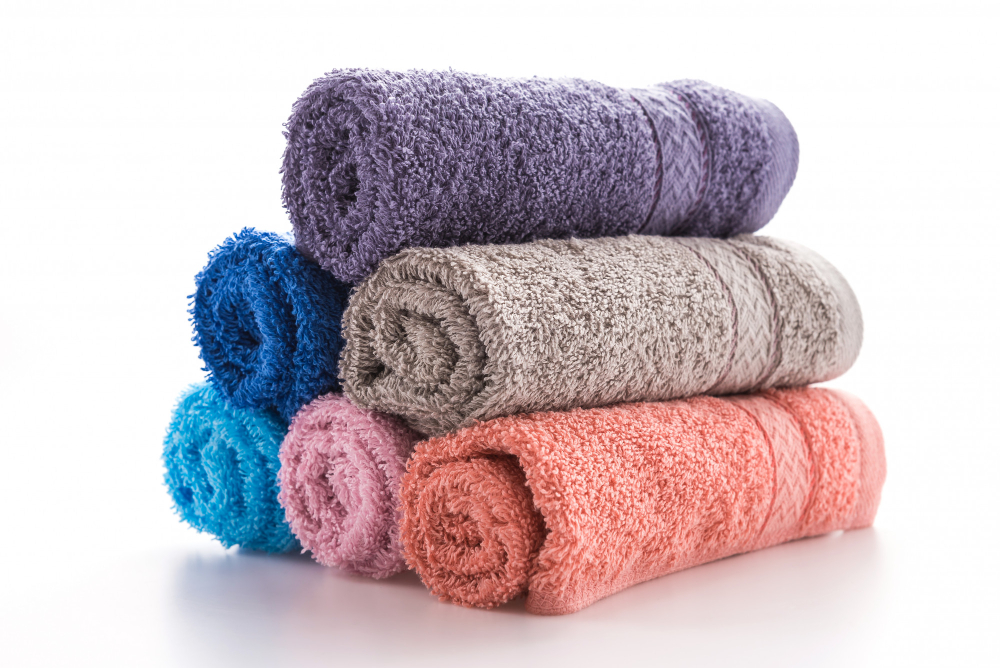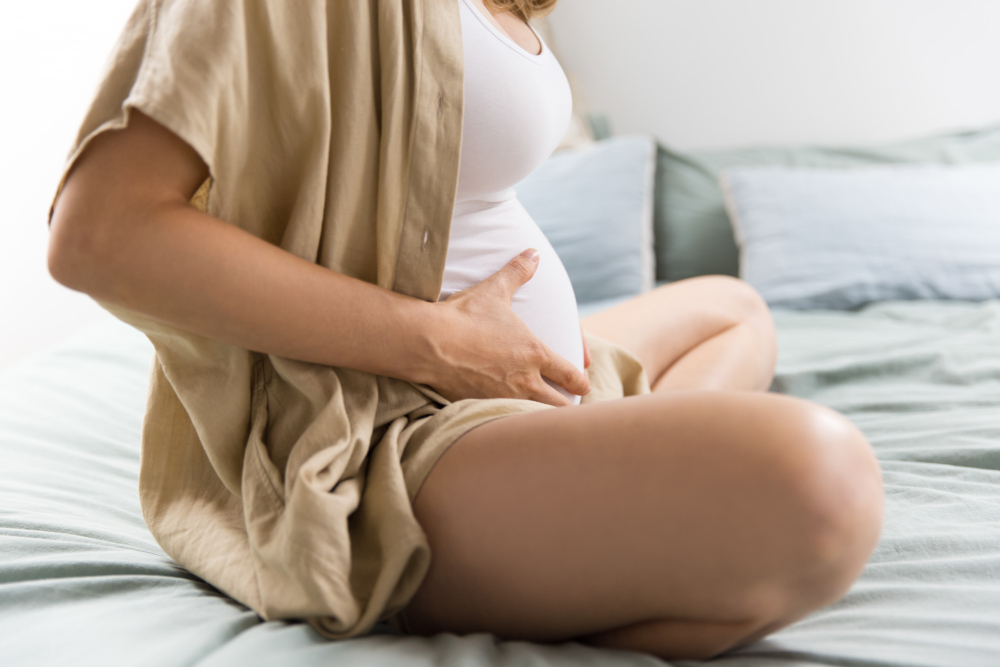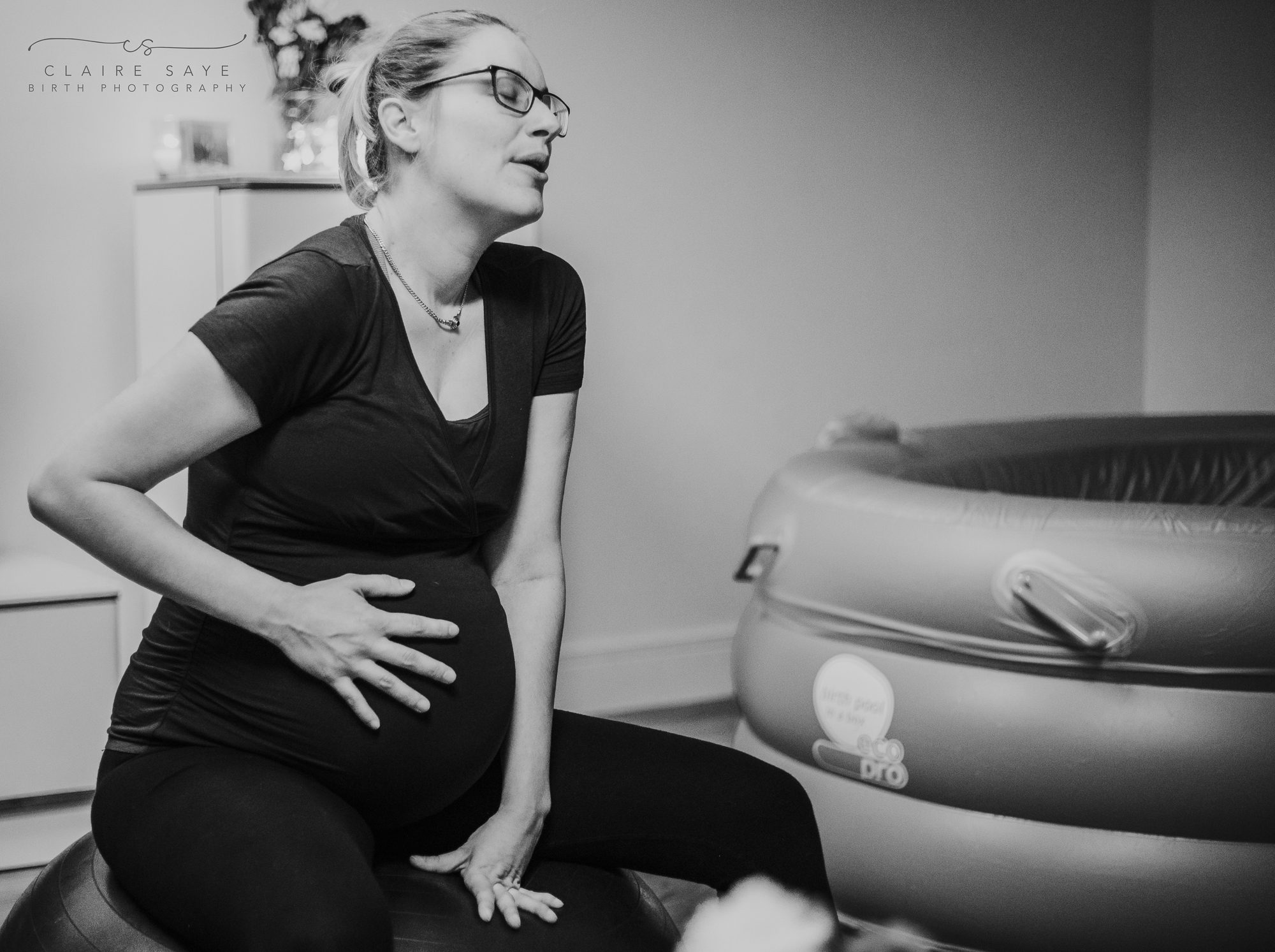Preparing for your home birth
In reality, there’s very little that you actually need for a home birth other than a home and to be pregnant! However, there are some things that make the whole home birth experience calmer, more comfortable and more pleasant. Here are some useful ideas to think about:
How many towels do I need at my home birth?
When your baby is born they may benefit from being dried off a bit. Towels can also be used to drape over your baby as you hold them skin to skin. Two or three baby sized towels (normal hand towel size) are useful for this.
If you’re planning to use water (a birth pool or the bath/shower) for labour and/or birth you’ll need at least one bath sized towel for you. Having two or three towels means you can get in and out of the water if you want to and always have a dry one to use.
You may wish to drape your sofa or the floor with towels, in which case you’ll also need enough to do that.

Shower curtain/plastic sheeting/ ico pads
Some people choose to use light plastic sheeting, perhaps under towels, to protect their carpets and soft furnishings. If you’re birthing in water, the pool will keep most mess contained, but you may still want to use plastic sheeting of some kind where you get in and out of the pool.
Your midwife will bring inco pads, which are disposable, absorbent sheets which can also be placed under you if you wish. If you wish to labour or birth without a midwife, or want to be prepared before her arrival, you can ask for some to have at home, or buy them online.
Dim the lights
It often feels better to labour with the lights dimmed, so if your home doesn’t have curtains or blinds that shut out daylight, you may wish to see if you can cover your windows. Bright lights can feel intrusive during labour, so some people set up candles (LED or real candles, if it’s safe), fairy lights or simply set existing lighting to be a little dimmer than normal, perhaps by changing light bulbs to lower power ones, or taking a couple of bulbs out of a light fitting.

Cosy birth spaces
It can be nice to prepare a variety of different spaces for your home labour and birth so that you have a few options, depending on how you feel on the day.
A birth ball can feel great to sit on, or, if put up against a wall, to kneel on the floor and lean over. Birth balls are great for pregnancy, as they can feel comfortable when heavily pregnant, and sitting on them is also helpful for getting baby into a good position for birth, so if you decide to get one it’s worth having it sooner rather than later.
It can be lovely to make a nest of a duvet and pillows, perhaps to support you in a kneeling or other forward leaning position. Some pillows on the back of the sofa can also make a snug, cosy space. If you kneel on the part you’d normally sit on, leaning over the back of the sofa, sinking into pillows, you create a comfortable, relaxing place to progress your labour in your home birth, and, if you wish, to give birth.
What can you see?
When preparing your home birth spaces, consider what you can see if you’re in the positions and places you’ve planned for. Many people choose to display birth affirmations, or photos of their loved ones, or pictures that they find attractive to look at. There’s no need to do this if it doesn’t resonate with you but it can mean that you don’t forever associate the takeaway menu that was pinned up in front of you with your baby’s birth!
Pain relief
Fascinatingly, our bodies actually create their own form of pain relief during labour, endorphin hormones which work best if we can be relaxed. Many pain relief options available at a home birth help our bodies to trigger endorphins. Endorphins don’t stop pain in the way that, say, an epidural does, but they help to relieve pain and to make it feel less of a problem to us.
- Water: usually a birth pool, but a bath or shower can also offer helpful support. A regular bath is unlikely to be deep enough for the full immersion that is needed for the many benefits of a water birth, including the ability to move around freely, as well as the deep water all over your body. However, it can still feel wonderful if you don’t have a birth pool at home. Relaxing in water can help our endorphins to flow.

- Massage: Gentle or firm massage strokes, depending on what feels right, can make a real difference to the sensations in labour. Loving touch can trigger oxytocin (which helps labour to progress) and endorphins (which bring relief from pain).
- Hypnobirthing: Self-hypnosis techniques designed for labour don’t make labour pain free. However, it can be a powerful way to help labouring women and people to manage the pain of labour. Hypnobirthing helps us to relax, and relaxed muscles feel less pain, as well as encouraging our bodies to release oxytocin and endorphins.
- Gas and air: Usually only available if a midwife is present, gas and air can be helpful to many, although some women and people don’t like the feeling it brings. The nice thing about gas and air is that if you don’t like it, you can just stop using it.
- TENS machine: Best put on early in labour, a TENS machine should have a continuous setting, which you may wish to increase as labour progresses, and a boost button for use during your tightening’s. Women sometimes report feeling that the TENS machine isn’t doing much, and so they take it off, only to find that it was making a big difference after all!
Summary
There’s not really anything that is essential for a home birth, but there are a number of things that can make the experience nicer, as well as being helpful for progressing labour. So try not to panic about how many towels you have, it will all work out in the end!

Leave A Comment